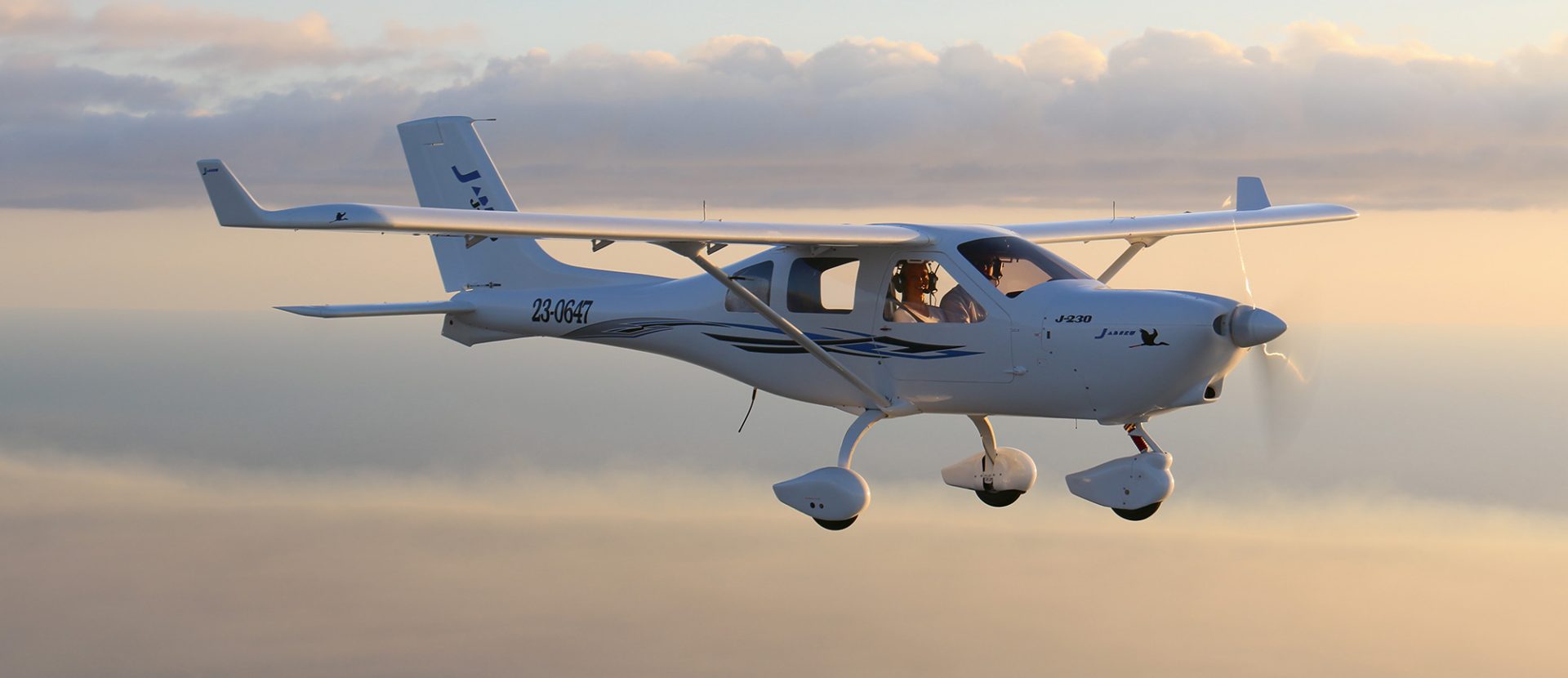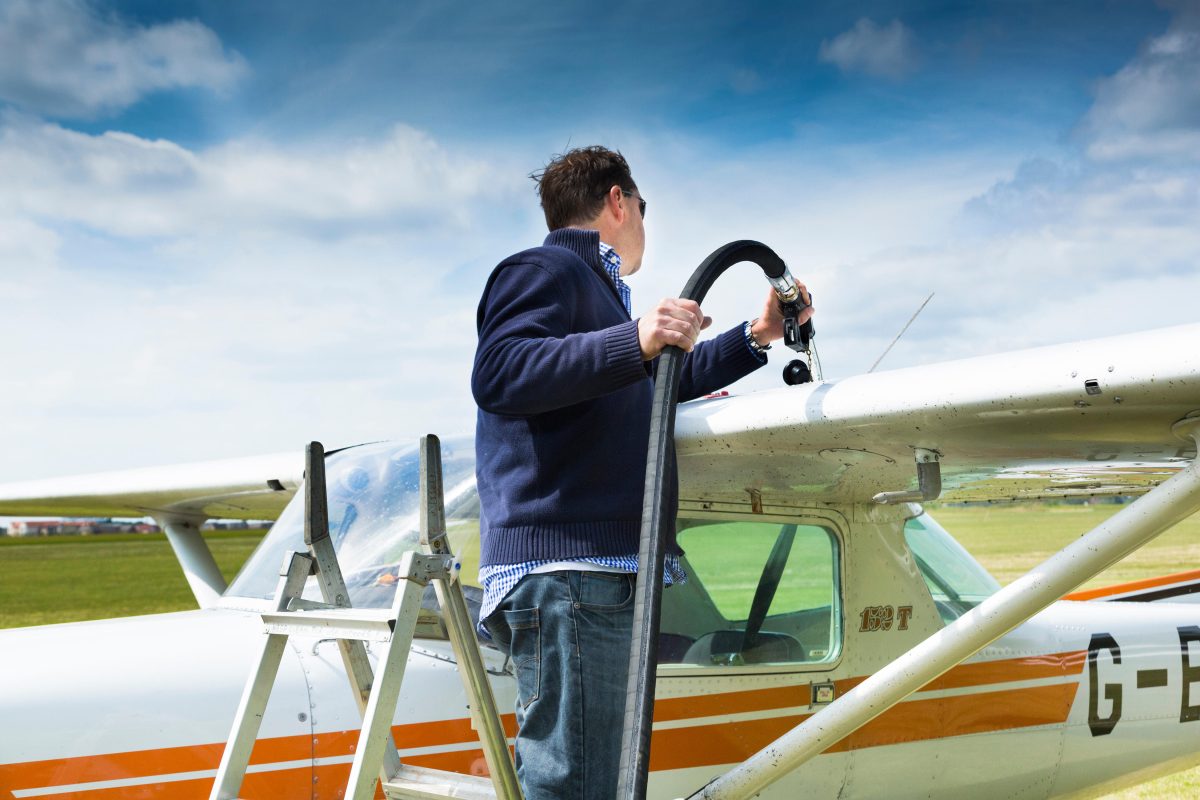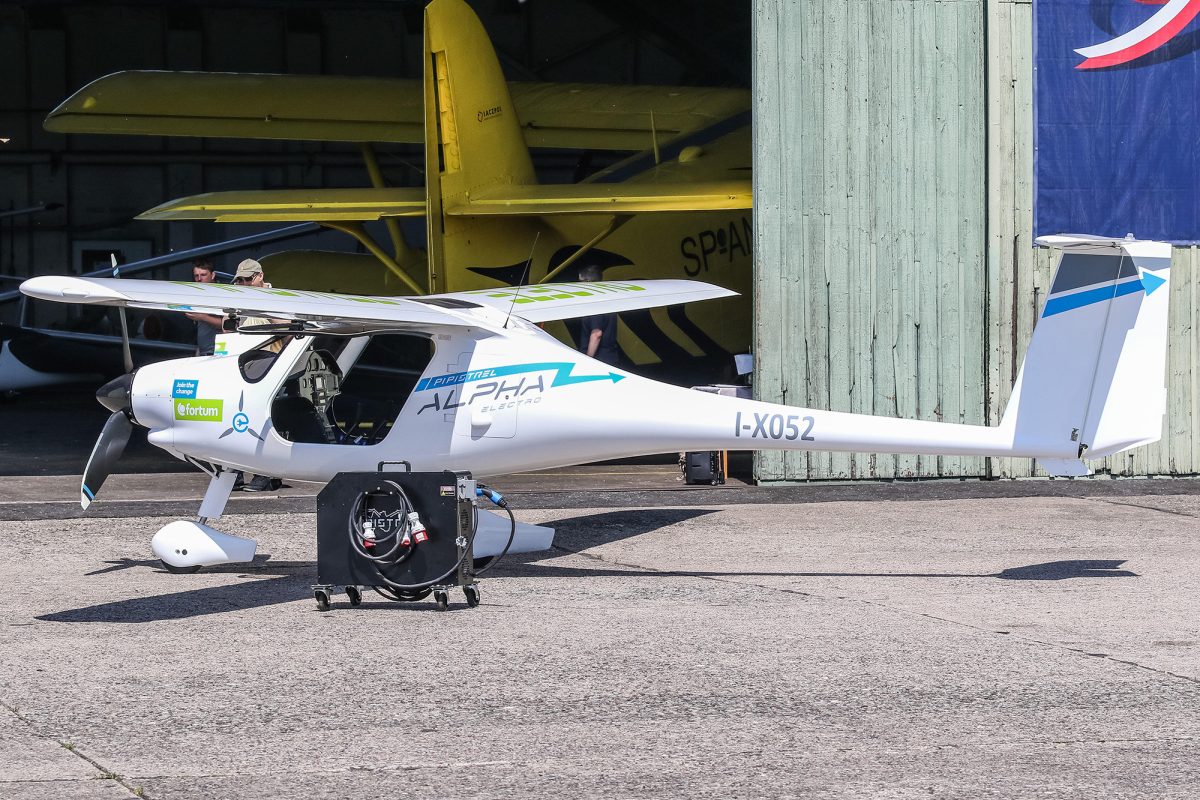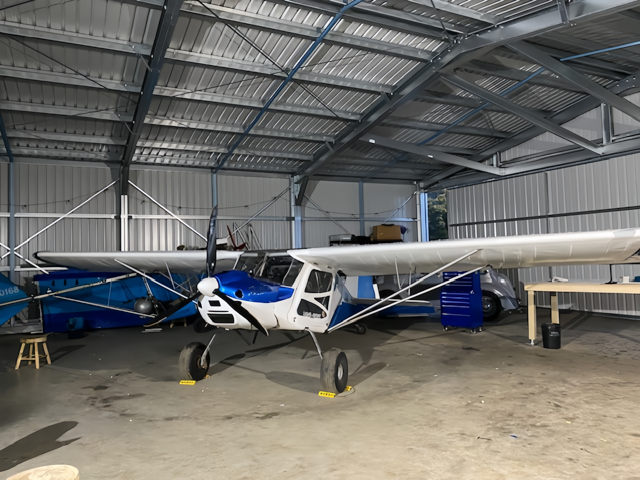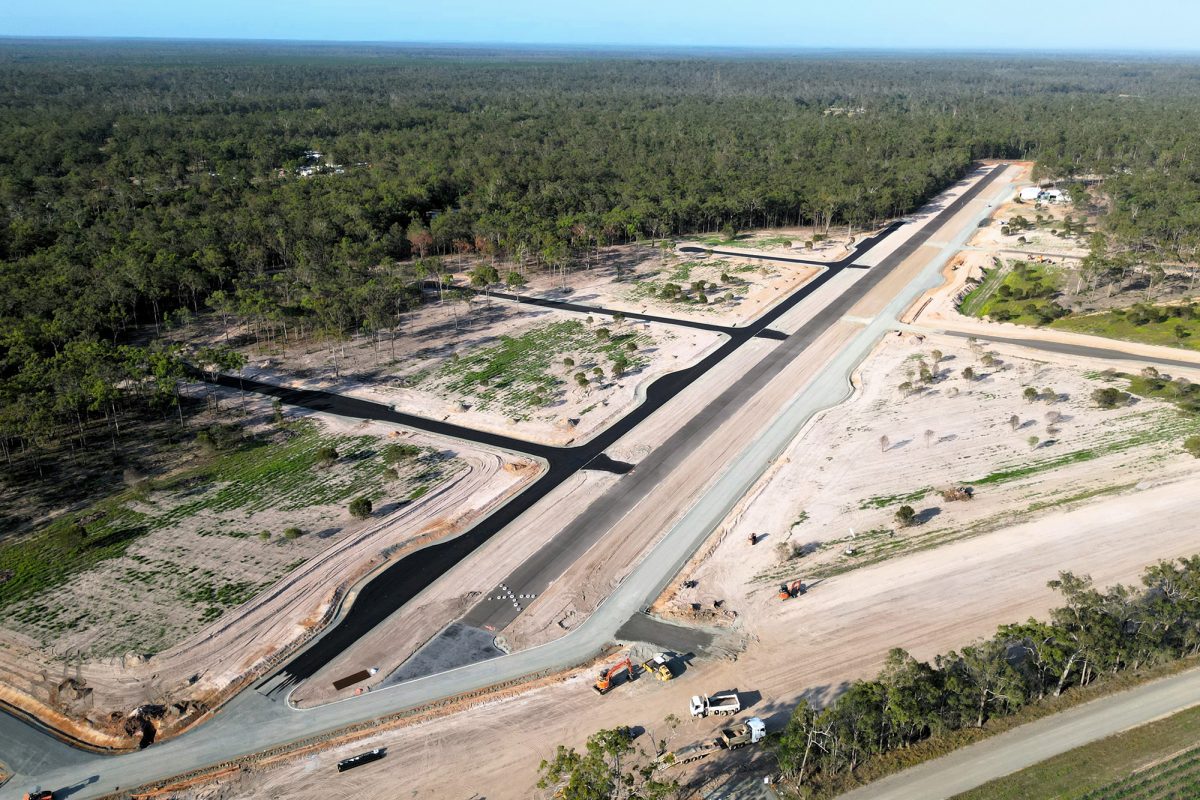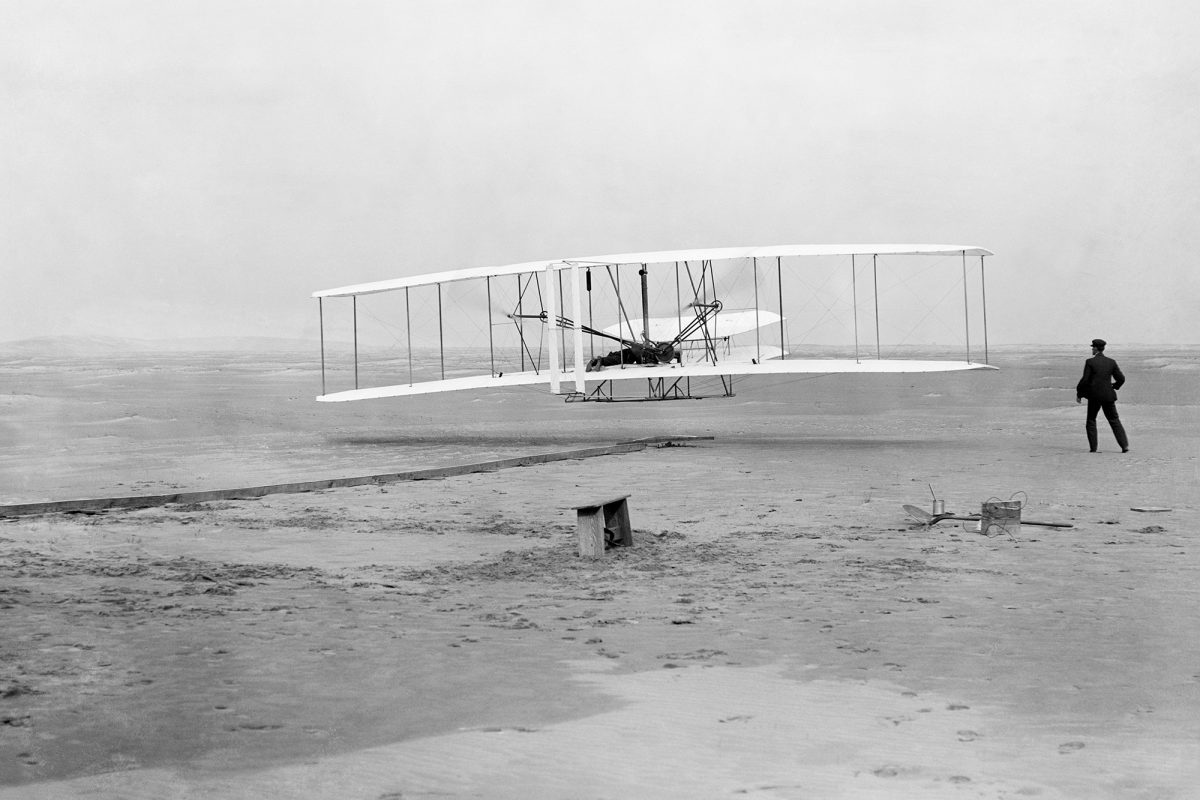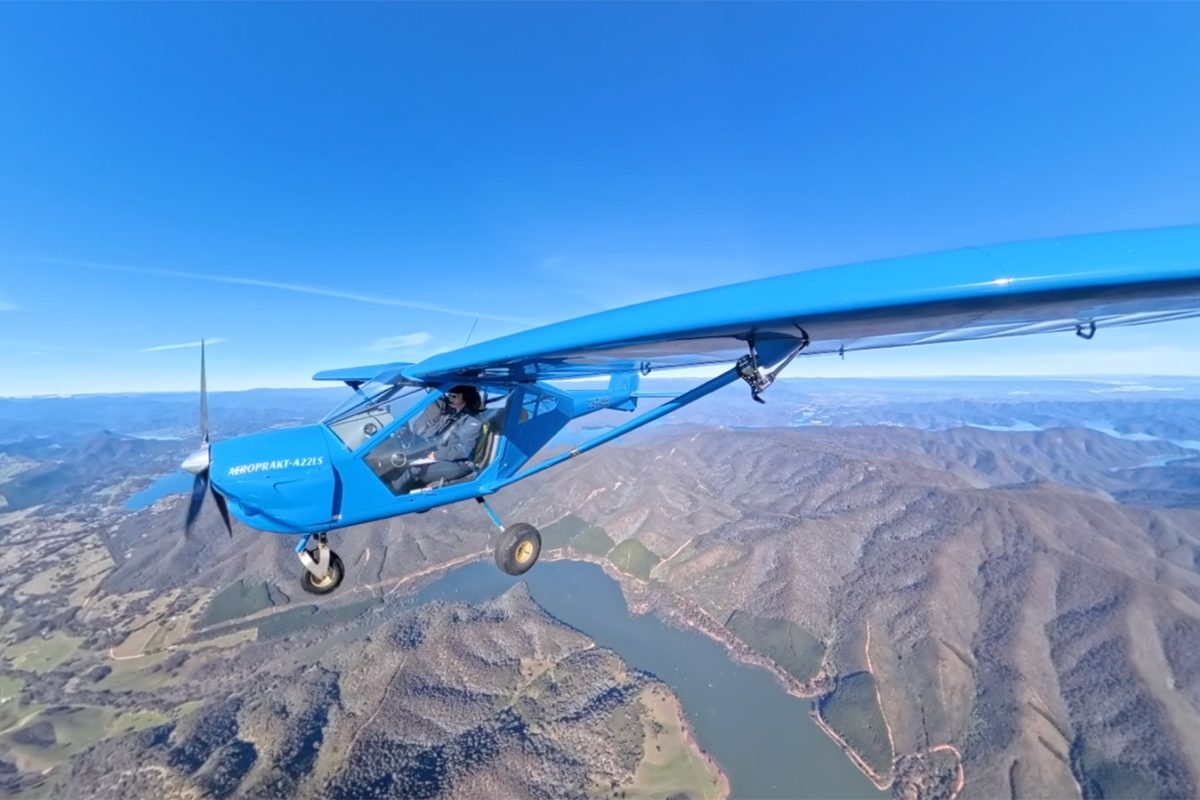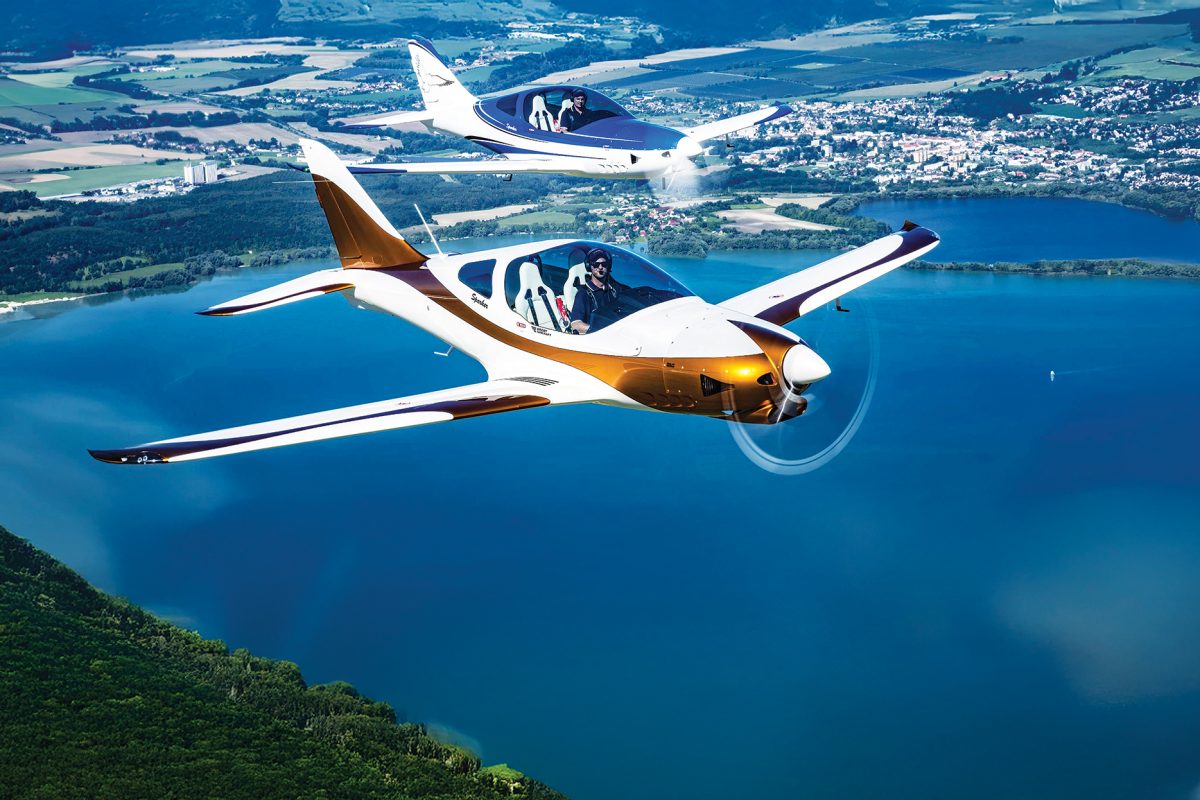IS THIS AUSTRALIA’S ANSWER TO THE CESSNA?
When buying an aircraft, there’s likely to be a few ‘must-haves’ on your list. A high cruise speed? A spacious and comfortable cabin? A fuel-efficient design? Each pilot is bound to have their own set of criteria specific to their flying needs. When attempting to juggle these factors, aircraft manufacturers often have to compromise. For one Aussie factory though, ‘compromise’ doesn’t seem to be a word in their vocabulary.
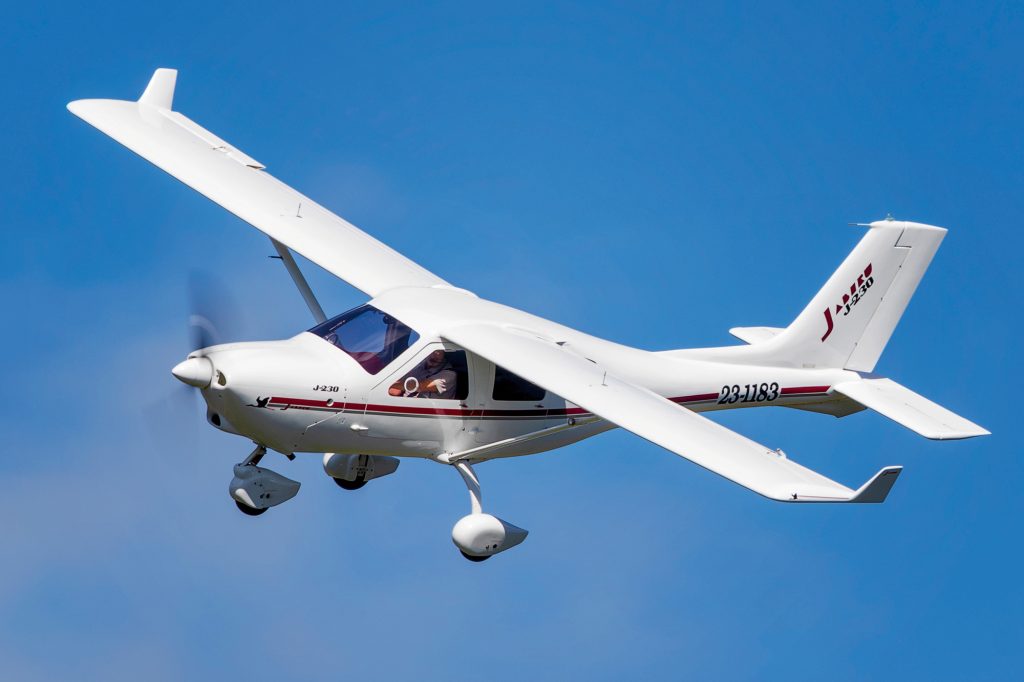
Jabiru Aircraft have been a staple of Australian skies since the company’s inception in 1988. Designed and built in Bundaberg, Queensland, Jabirus are a product of their environment; they’re uniquely Australian planes. The J230 in particular is an aircraft that naturally lends itself to touring and exploring the vast Australian continent. Available to the public since the early 2000s, the J230 has seen multiple incarnations, the most recent of which is the J230-D.
So, what exactly makes the J230 – and the ‘D’ variant specifically – so well-suited to travel?
The J230 is a high-wing, tricycle gear aircraft built from composite materials, making it light for its size. This allows the J230 – a plane comfortably among the largest of RAAus registerable aircraft – to just slide under MTOW restrictions at 600kg exactly. A huge 135L fuel tank, an endurance of 5.6hrs and a whopping range of 675nm (1250km) ensures that the J230 has the capacity to go cross country without frequent stops.
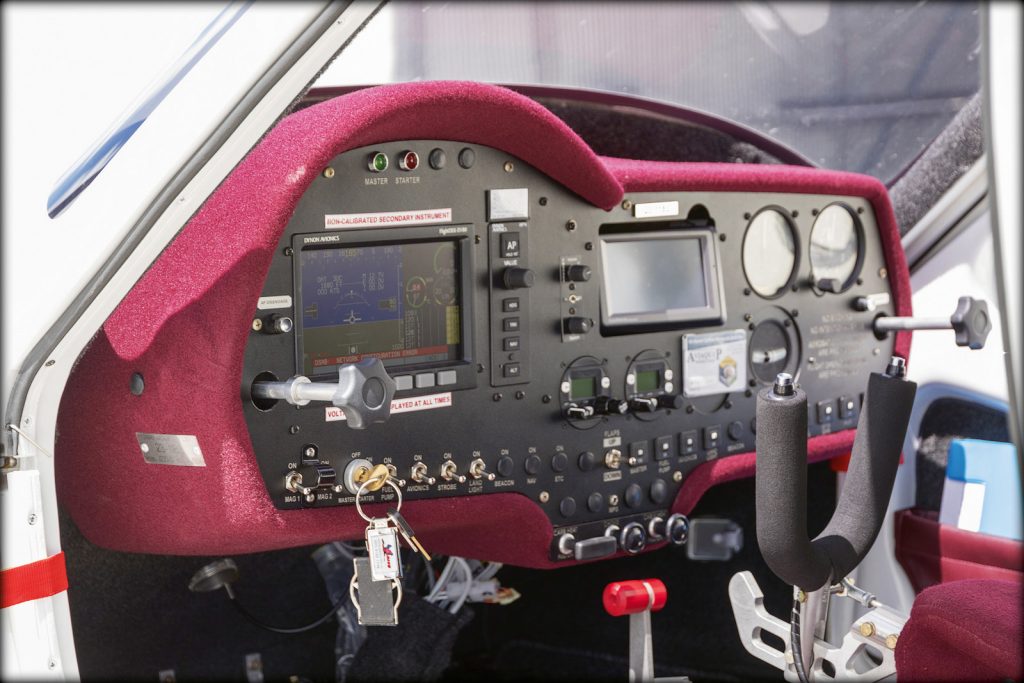
Jabiru aircraft are unique in that the airframe and the engines are both made in-house at Jabiru. It’s a rare thing, but it means that Jabiru has complete control, allowing them to design engines that perfectly complement their aircraft, and vice versa. Built for speed, the J230’s standard engine is the Jabiru 3300A. Now in its ‘fourth generation’, the 3300A is a flat-six, 4-stroke engine producing 120hp and giving the J230 a cruise speed of around 120kts. The 3300A is also known for its versatility, able to take Avgas 100/130 or Mogas 95 octane and above, eliminating any worries about landing at an airstrip and not being able to fill up.
While a more than respectable aircraft mechanically, it’s inside the cabin that makes the J230 a truly strong competitor in the air touring market. It’s spacious, with a width of 1120mm (44 inch) and a height of 1020mm (43 inch) providing comfort for long trips. The defining feature of the J230 though is the huge baggage capacity. The J230 shares the same airframe as the 4-seater J430, simply without the back seats. This makes for significantly larger cargo space than just about any other aircraft in the category. Furthermore, the J230 features a third door – a leftover from the 4-seater variant – allowing much easier loading and unloading when on the ground. For those wanting to camp under-wing or pack for an extended adventure, the ability to load and unload with ease is sure to grab attention.
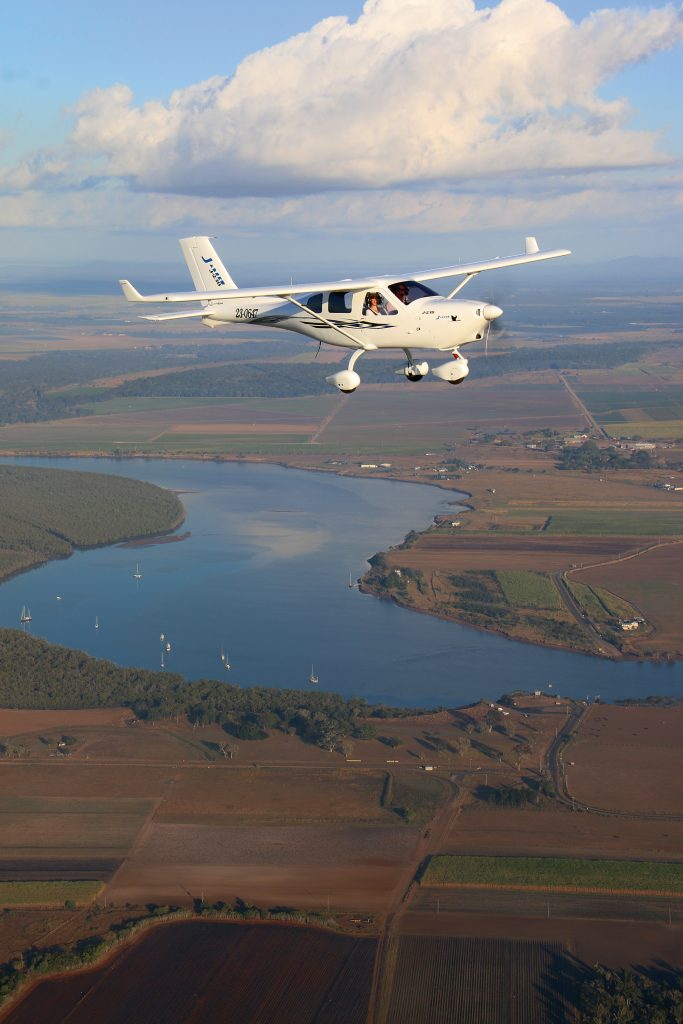
On the dash, the J230 is quite versatile, with four instrument package options from the factory. Ranging from a glass/steam mix featuring a Dynon Skyview SE 7” with an optional Garmin GPS to a fully-glass Dynon Skyview Classic 10” & SE 7” package, there’s something to suit everyone’s personal preferences. Of course, the J230 is available as a kit build also, so installing your own specific set of instruments isn’t going to be a hassle.
The ‘D’ variant of the J230 features a few handy updates thanks to customer feedback. Most notably, the tail of the J230-D is thicker, more swept and an aerofoil shape as opposed to the flat tail of previous generations. With the new tail, Jabiru have managed to improve the responsiveness of the rudder, a common complaint amongst owners of older Jabiru models. A thinner centre console and adjustments to the instrument panel have provided additional space in the cabin for extra comfort, allowing more knee room in particular. The J230-D also features a J160-style control stick, a single stick with two ‘horns’ that allows for better grip and handling for both pilots and instructors.
While proving itself to be a strong choice for air touring, no aircraft is perfect. Despite the large cabin, the J230-D is somewhat limited in usable weight, with just a 230kg limit. Keeping the 135L fuel tank in mind, little room is left for a crew of two and luggage when looking to fuel up for long trips. Additionally, fixed seats mean that some pilots may need cushions or other tools to help reach the rudders and improve visibility over the dash.
“It’s a win-win really,” said Warren McIlwraith, a J320-D owner who frequently makes trips from Caboolture, Queensland to Tooradin, Victoria to visit family. “The airframe has been proven bulletproof over the years and the new Gen 4 engine is superb,” he said. Speaking of the comfort, speed and fuel efficiency of the plane, Warren mentioned the luggage space and as one of the best aspects of his aircraft. Having also completed trips to Roma, Parkes and Birdsville with sights set on crossing the border again once restrictions are eased, Warren is always keen to jump in the J230-D for a new adventure. “It’s proved to be a magnificent traveller,” said Warren.
Building fast, efficient and comfortable aircraft with plenty of cargo space, it would be impossible not to draw a comparison between Jabiru and Cessna before them. The company is dedicated to producing simple, no frills planes that are fast, reliable and spacious, lending themselves to the air touring side of the aviation world. It was this same philosophy that once led Cessna to become one of the largest names in aviation. Could Jabiru be on the same path?
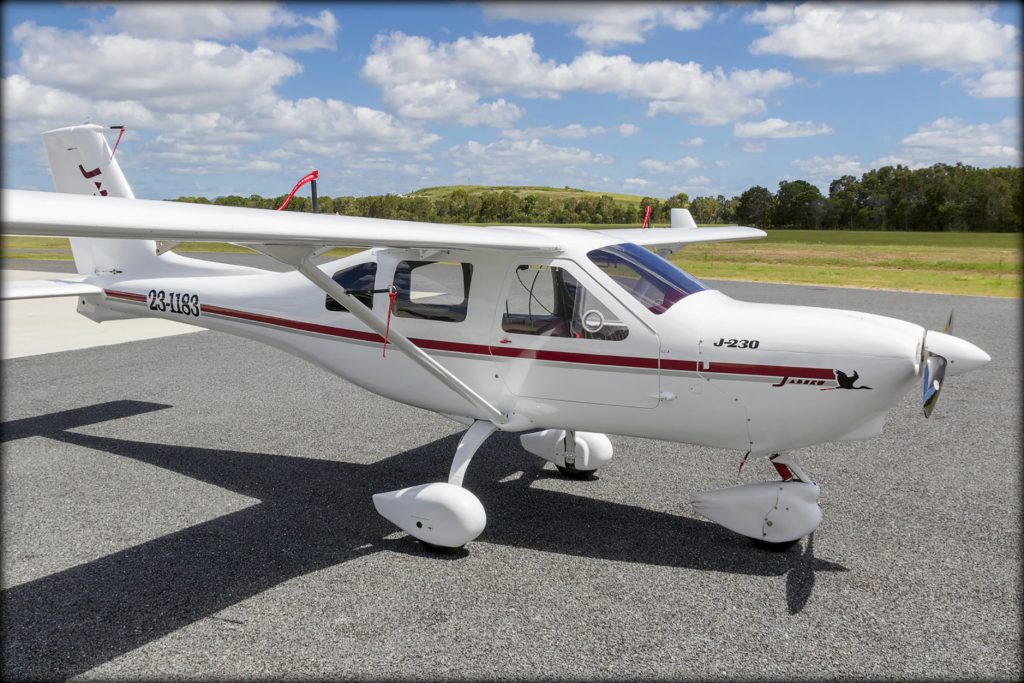
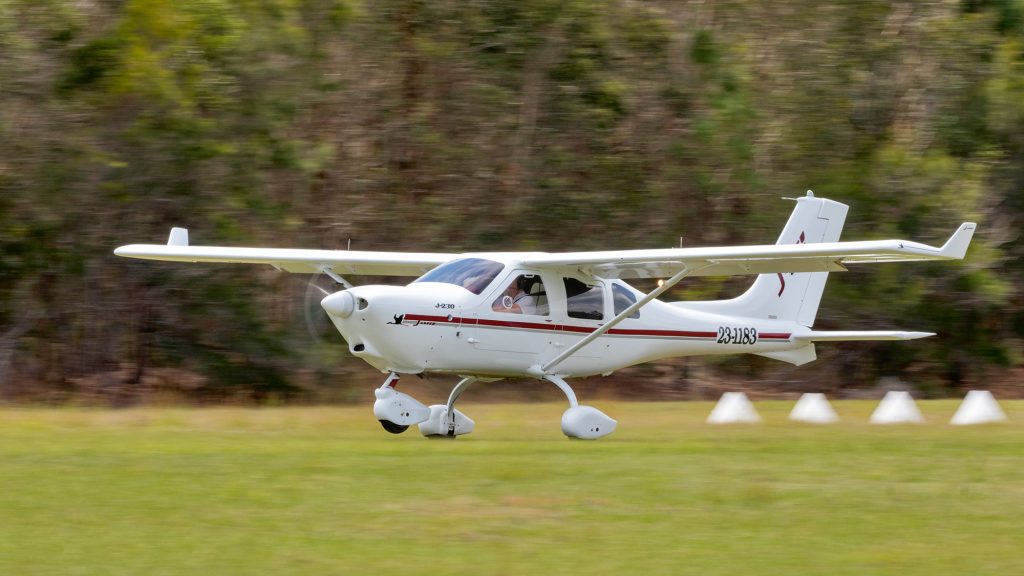
When it comes to cross-country flying, you want an aircraft that has speed, stamina and comfort. The Jabiru J230-D ticks all those boxes, leaving a lasting impression as an aircraft you can see yourself adventuring in. It’s an aeroplane that allows you to achieve that dream of exploring the country, and to do so with ease. An Aussie-built plane for Aussie adventurers, you’d be hard pressed to find a better fit.
